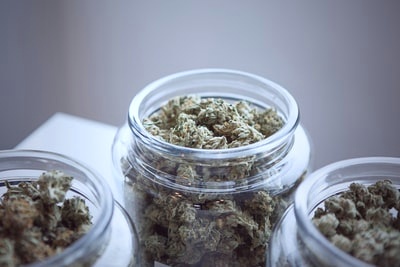On February 4, the European Union (EU)’s Directorate-General for Internal Market, Industry, Entrepreneurship and SMEs added cannabidiol (CBD) “derived from extract or tincture or resin of cannabis” as a legal cosmetic ingredient to its CosIng guidelines.
CosIng is a database of cosmetic regulations that expressly provides for authorized and unlawful ingredients and sets forth their particular purposes and functions.
This recent revision to CosIng follows the recent landmark ruling by the Court of Justice of the European Union (the CJEU) that CBD derived from the entire hemp plant is not a narcotic under the U.N. Single Convention on Narcotic Drugs of 1961; and thus, should be freely traded between EU member states.
Up until this revision to the CosIng guidelines, only synthetic CBD was expressly allowed as a cosmetic ingredient in the EU’s database. Now, the regulation provides that plant-derived CBD can serve the functions of anti-sebum, antioxidant, skin conditioner and skin protectant.
This regulatory change is another promising step toward the development of a uniform regulatory framework for the sale of CBD cosmetics (and other categories of CBD products) in the EU.
Although CosIng is not legally binding, this database serves as a guideline for EU member states when adopting national regulations concerning cosmetic products. It aims to harmonize the EU national cosmetic legislations to facilitate the free movement of these goods within EU member states.
However, similarly to U.S. states, EU member states have adopted their own CBD laws and regulations that are not necessarily consistent with CosIng or those implemented by fellow member states.
Some countries, for example, only allow CBD cosmetics free of THC and derived from the seed or fibers to be sold within their border; while others embraced a more lenient approach and authorize up to 1% of THC in their finished CBD products. To further complicate things, each country imposes its own sets of manufacturing, labeling and marketing requirements.
This patchwork of member state regulations forces manufacturers and distributors of CBD products to follow a variety of regulations in each country where these products can be lawfully sold. Consequently, this wide range of often conflicting EU member state regulations makes it nearly impossible for these companies to freely trade their products within the EU.
Nevertheless, such harmonization should be imminent because unlike CosIng, the CJEU ruling is binding on all EU member states. This means that EU governments that are cracking down on the sale and marketing of CBD cosmetics will have to amend their laws and regulations.
Of course, such legislative changes won’t happen overnight. Nevertheless, the CJEU ruling and the recent regulatory changes to CosIng represent significant steps toward the creation of a more competitive European CBD market, one that may even facilitate the breaking of international trade barriers.
The post EU Adds CBD to Its List of Legal Cosmetic Ingredients appeared first on Harris Bricken.






